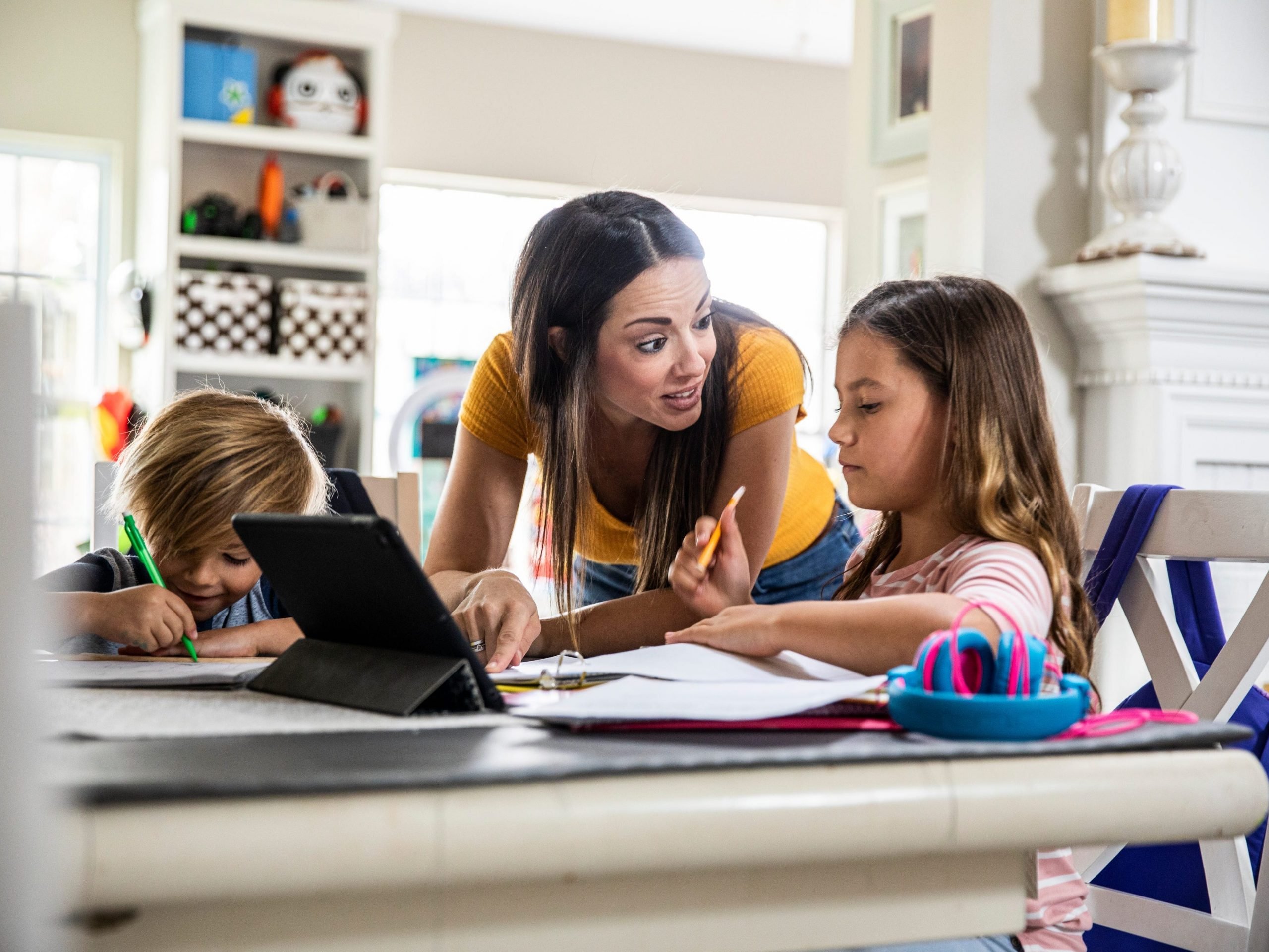
- I don't have any intention of sending my daughters to public school.
- In homeschooling my children I had to let go of the preconceptions I had about learning.
- Homeschooling provides more flexibility in schedule, location, and learning style.
Though it has been around as long as children have, homeschooling has been turning heads again since the onset of the COVID-19 pandemic. But over the past year and a half, the results have been mixed – and feelings of success have been few and far between.
If you've attempted to homeschool and feel like you're failing, the secret to cultivating more joy might just lie with you. The insider term for it is "deschooling," and it means reframing your expectations and ideas of what it means to learn at home.
Parents and children should be enjoying their process of deschooling. Here's what I learned while doing it with my own daughters.
So what is deschooling?
Deschooling is a term credited to an Austrian philosopher, Ivan Illich, and popularized by John Holt, an American author, educator, and unschooling advocate.
It's often applied to children who have been removed from a traditional school environment and begun homeschooling.
To really get the benefits of homeschooling, a child has to decompress from traditional school standards being the default expectation.
It also applies to adults helping children learn outside of a traditional school. Often the single most important step a grown-up can take to have more joy as a homeschooler is to deschool themselves.
Without being entirely aware of it, adults have bias when it comes to educating their children. When we begin to homeschool, we often find ourselves simply re-creating how we remember learning as a child.
And in a lot of cases, it doesn't go great. We might think that we're doing it wrong, or that we aren't cut out for homeschooling. We often think we are failing. I've been there.
But maybe the real problem is how we define education or how it's "supposed" to look. Most of us were schooled in a traditional way. But homeschooling is not the same as traditional schooling in many ways.
Deschooling starts with self-analysis
For example, when many of us think of a child learning, we imagine them sitting at a desk or table. This expectation alone can frustrate grown-ups who still need to deschool - because research suggests that many education paradigms actually hinder a student's long-term ability to think creatively, to express divergent thinking, and to explore.
So you think you need to deschool - now it's time to think about what your goals are for your home education and what you hope your child and you will get out of it. Fully recognize and appreciate the advantages of homeschooling.
For example, homeschooling gives you a ton of freedom - freedom to choose your curriculum, your location, and your schedule. Homeschooling also allows you to work with your child at their level, meeting their specific needs. Use these advantages to help you feel empowered as a home educator; that empowerment invariably leads to more joy.
The final step of deschooling is learning to trust your child. This can be challenging, but one of the most beautiful parts of homeschooling is that you are creating an environment where your child can have a meaningful role in their education.
This results in not only more joy in your homeschool, but a child with a deep sense of self-worth, curiosity, and a lifelong love of learning.
Justine LoMonaco is the cofounder of the homeschooling newsletter Learn + Live Letter.
